Yesterday afternoon, I stopped by the Bakken Museum and had the privilege of spending a few hours with this fascinating device:
[Image Credit: Schmitt Trigger Nerve Computer, catalog # 85.014.001, courtesy of The Bakken Museum, Minneapolis, MN.]
As the caption suggests, this is the original nerve computer Otto Schmitt built in 1937 for his PhD thesis at Washington University:
[Image Credit: Schmitt Trigger Nerve Computer, catalog # 85.014.001, courtesy of The Bakken Museum, Minneapolis, MN.]
Yup, Dr. Otto Schmitt, the gentleman that developed the Schmitt Trigger. Which, by the way, was first used in this machine. The Nerve Computer is a really important artifact: in addition to being the first biological neuron simulator, its direct descendants include pretty much every computer ever built.
I learned of the Nerve Computer's existence a few months ago and got in touch with the curator at the Bakken; he was intrigued enough by the NeuroBytes project that he let me give the device a thorough examination. I didn't have great lighting but I did manage to snap a few pictures of the 80-year-old circuitry.
The Nerve Computer used fifteen identical circuits to simulate a nerve using a model based around capacitors, along with a series of switches for polarizing and depolarizing a cell membrane. The system was designed to be flexible; several different capacitors could be selected to alter the system's response, allowing researchers to accurately reproduce previously observed nerve signals.
[Image Credit: Schmitt Trigger Nerve Computer, catalog # 85.014.001, courtesy of The Bakken Museum, Minneapolis, MN.]
I didn't have time to read through all of Dr. Schmitt's thesis, but I was able to find a few interesting tidbits of information. For example, his calculations suggested that larger value capacitors could have been valuable to the simulation; however, he found that any devices over 8 microfarads were prohibitively expensive. He also wanted to work at a biological voltage scale (which involves tens of millivolts) but didn't want to use amplifiers, as they may introduce too much noise into the system. Instead, he just designed the system to operate at three orders of magnitude above the biological levels, so the entire system ran at a few hundred volts. I suppose that's one of many reasons the museum doesn't power the rack up.
The original apparatus included a built-in 5" CRT oscilloscope which was lost prior to the museum's acquisition of the computer in 1985. Dr. Schmitt used long-exposure photographs to capture action potential waveforms (a tedious procedure involving glass plates and a great deal of dexterity) generated by the rack and by real axons under study, and was able to adjust the component values on the simulator to line up well with the biological examples:
[Image Credit: Schmitt Trigger Nerve Computer, catalog # 85.014.001, courtesy of The Bakken Museum, Minneapolis, MN.]
One thing I really enjoyed about the Nerve Computer was seeing all of the ancient components. I didn't recognize any of the brands (such as Dwarf Tiger capacitors), but I did manage to capture a few photos:
[Image Credit: Schmitt Trigger Nerve Computer, catalog # 85.014.001, courtesy of The Bakken Museum, Minneapolis, MN.]
[Image Credit: Schmitt Trigger Nerve Computer, catalog # 85.014.001, courtesy of The Bakken Museum, Minneapolis, MN.]
[Image Credit: Schmitt Trigger Nerve Computer, catalog # 85.014.001, courtesy of The Bakken Museum, Minneapolis, MN.]
[Image Credit: Schmitt Trigger Nerve Computer, catalog # 85.014.001, courtesy of The Bakken Museum, Minneapolis, MN.]
[Image Credit: Schmitt Trigger Nerve Computer, catalog # 85.014.001, courtesy of The Bakken Museum, Minneapolis, MN.]
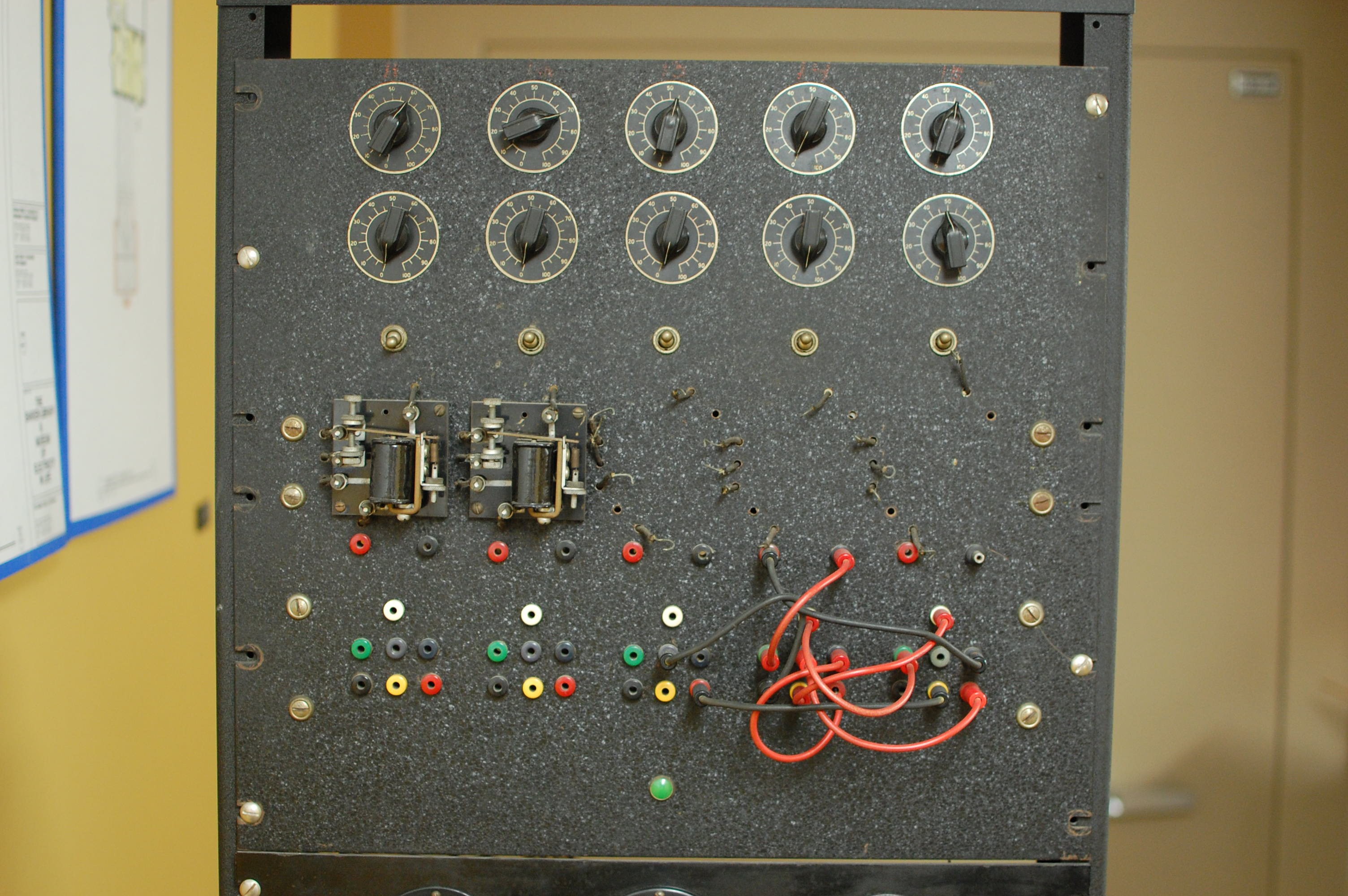
Yup, pretty much an amazing Monday. As suggested in the post title, the Schmitt Nerve Computer is the first in an 80-year line of electrical/electronic neuron simulators (some of the others are linked in the sidebar). The device is NeuroBytes' great-great-great grandparent, so I figured a quick family portrait was in order: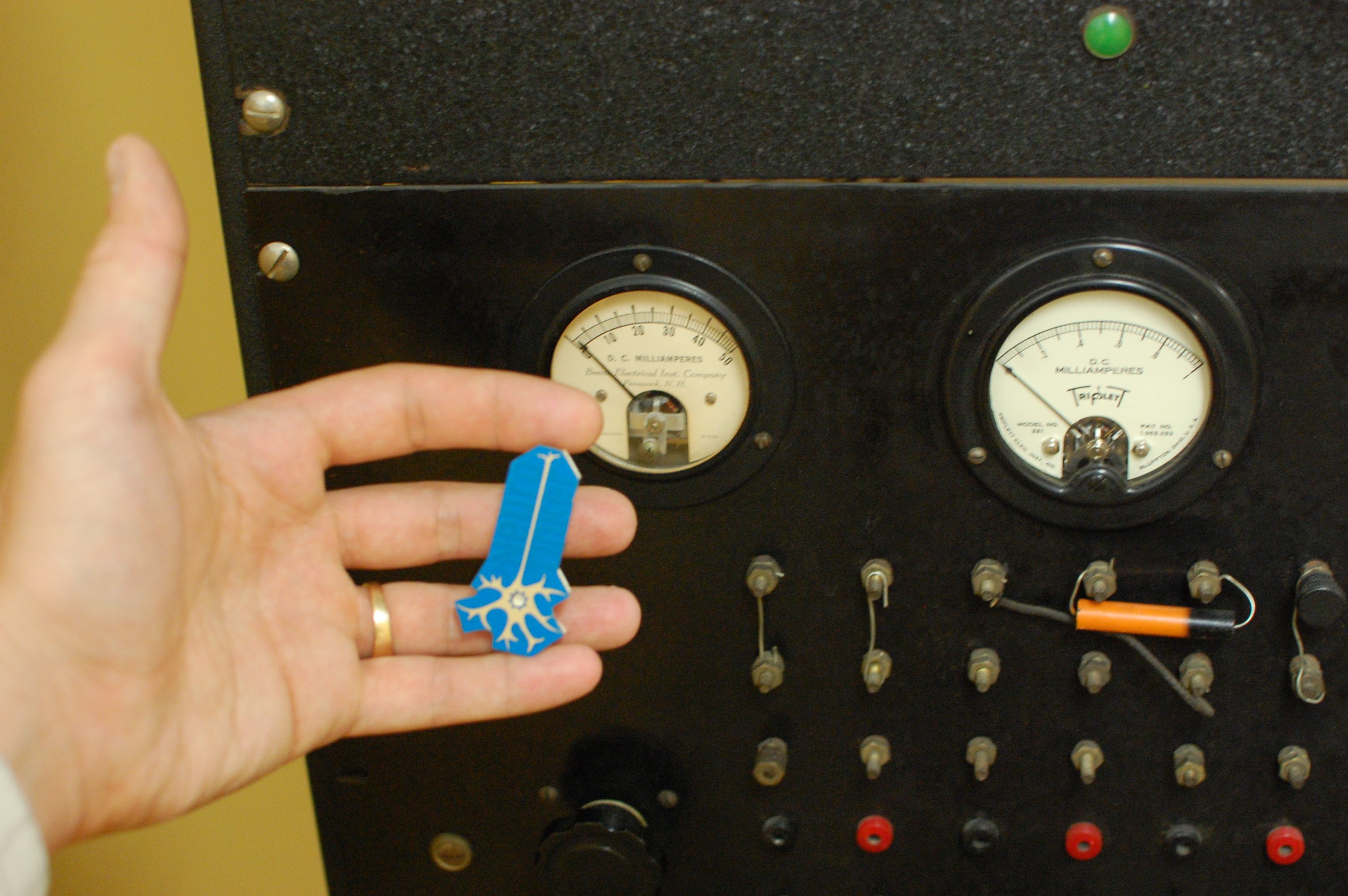
In other news, if you happen to be anywhere near Minneapolis... make sure you spend a few hours at the Bakken!
 zakqwy
zakqwy

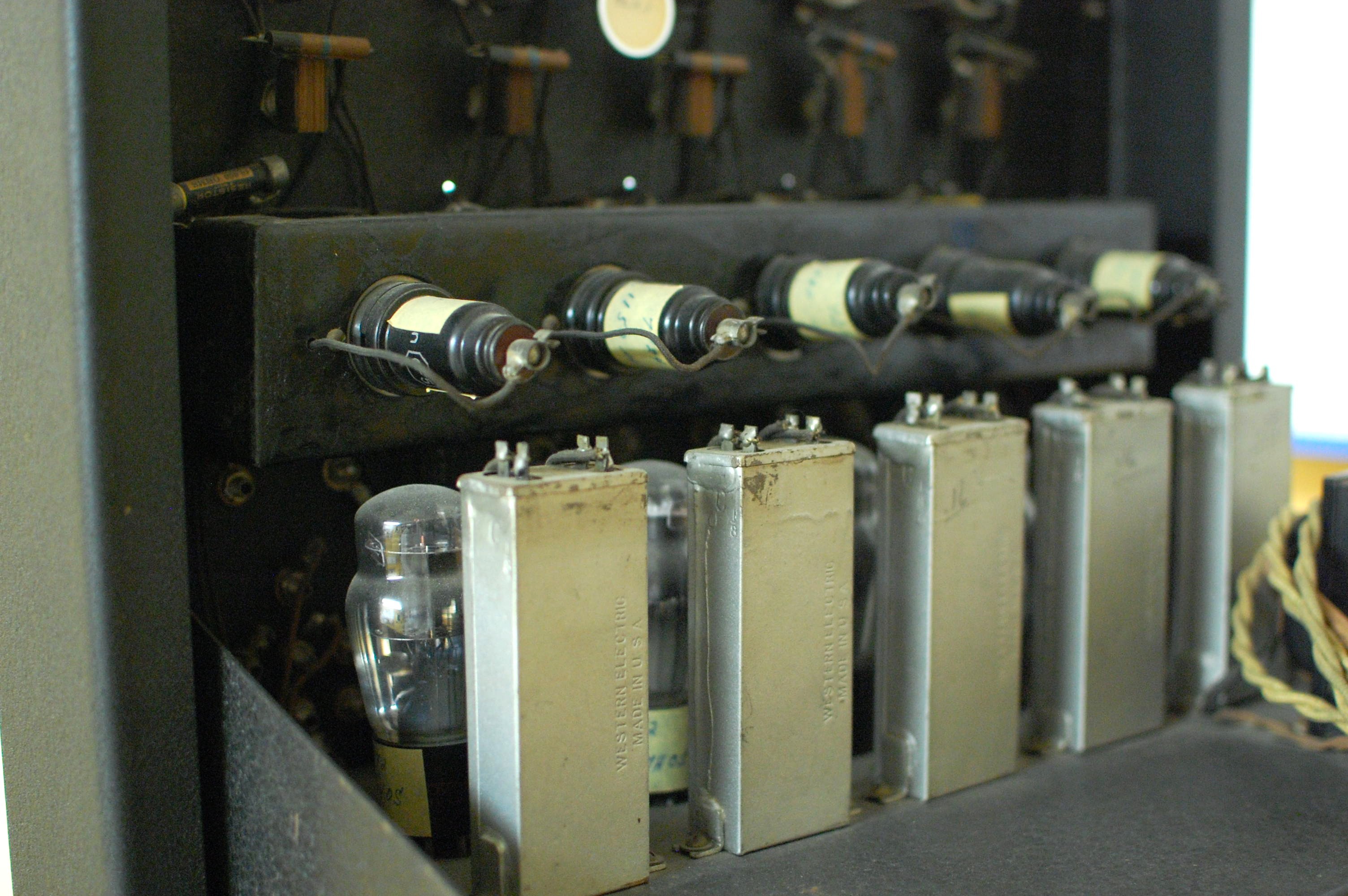
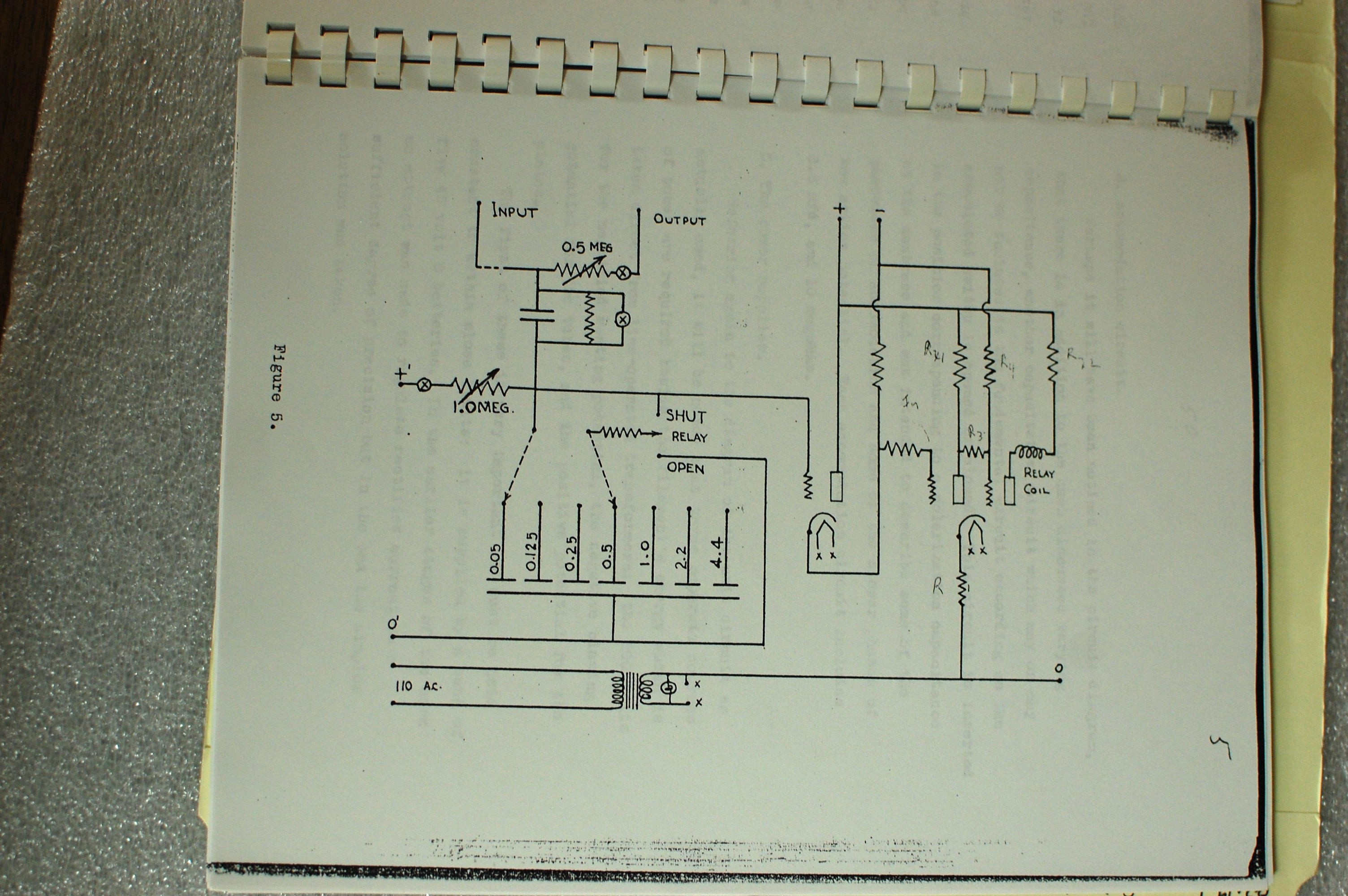
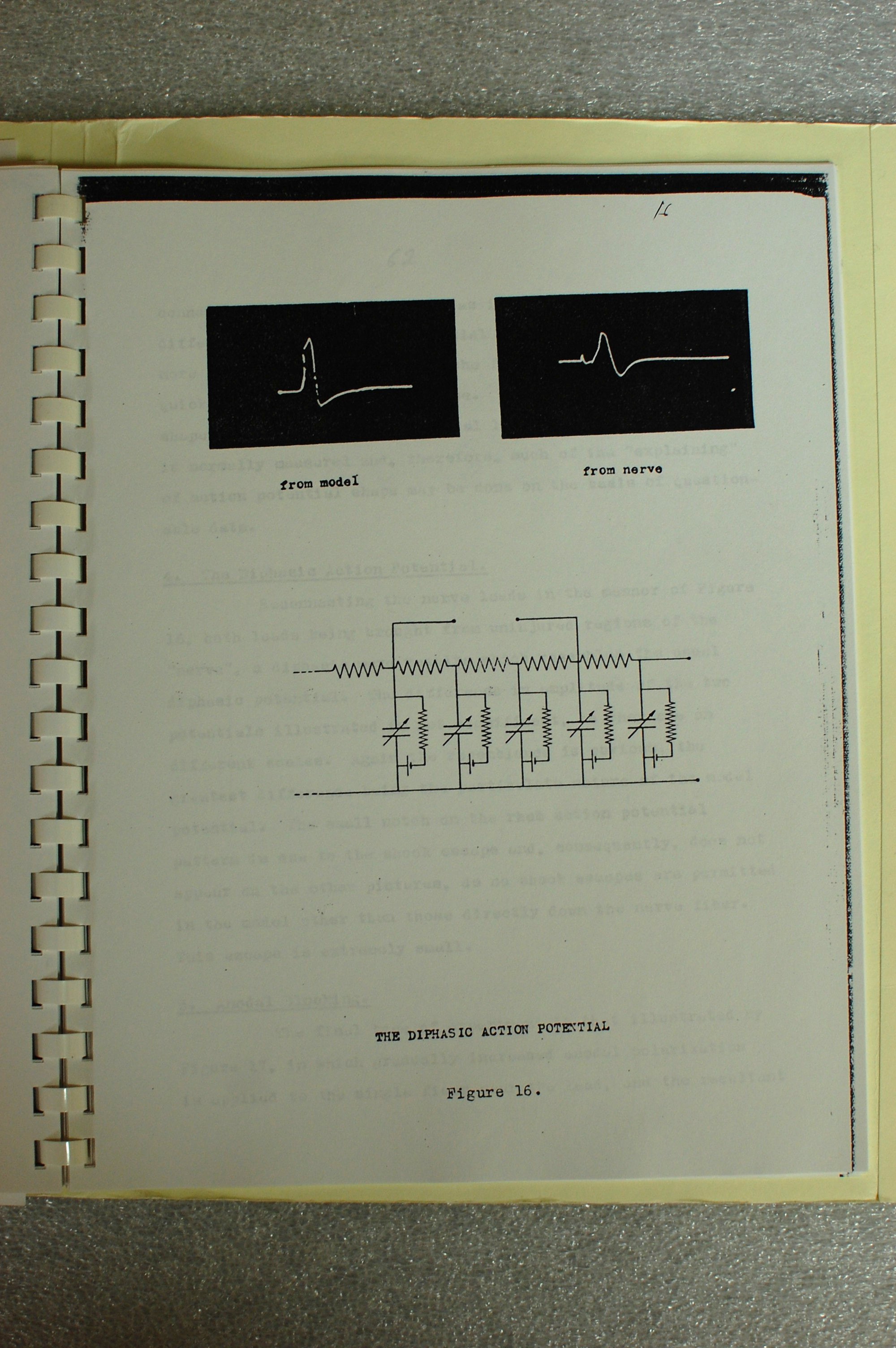

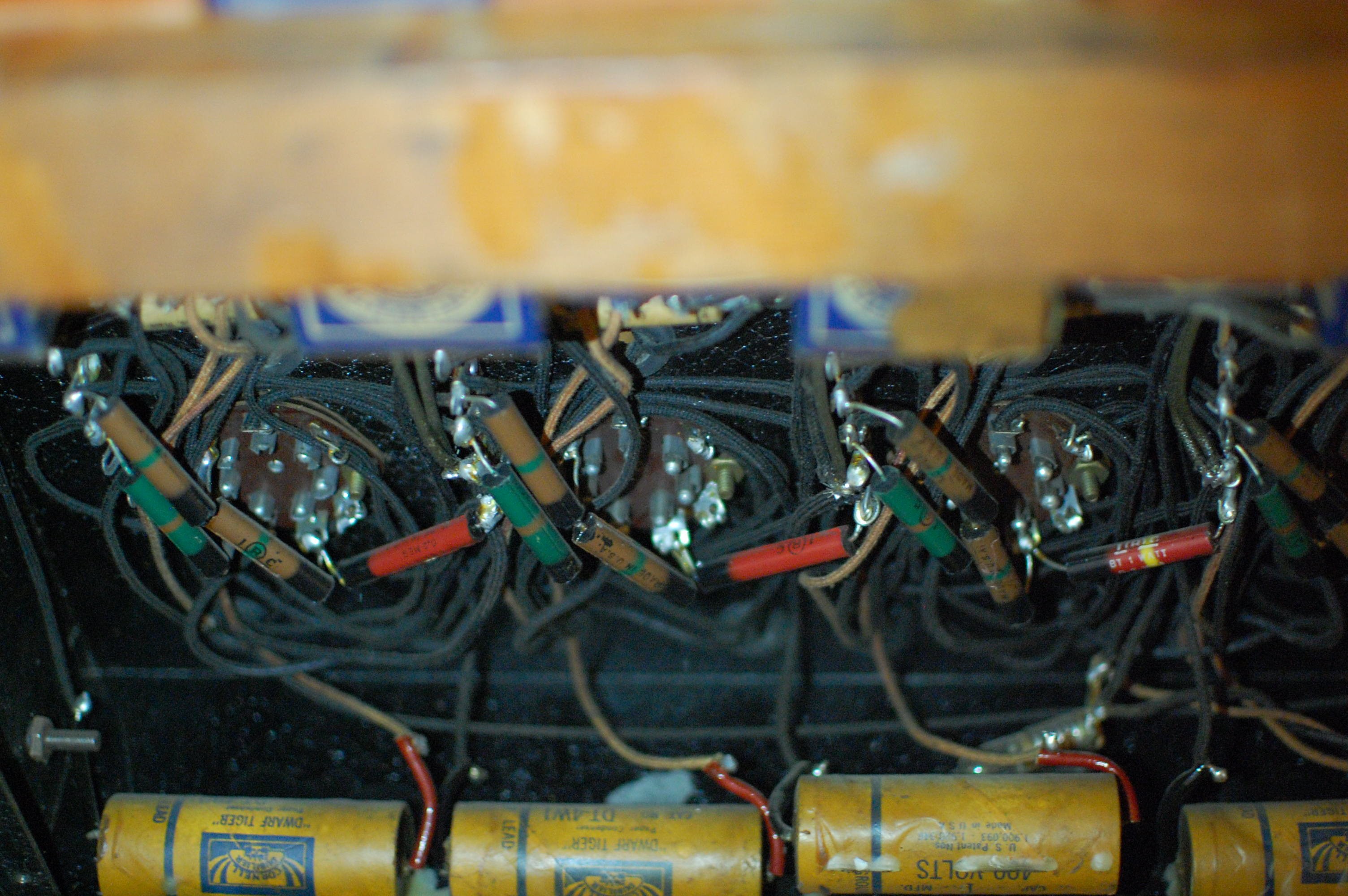
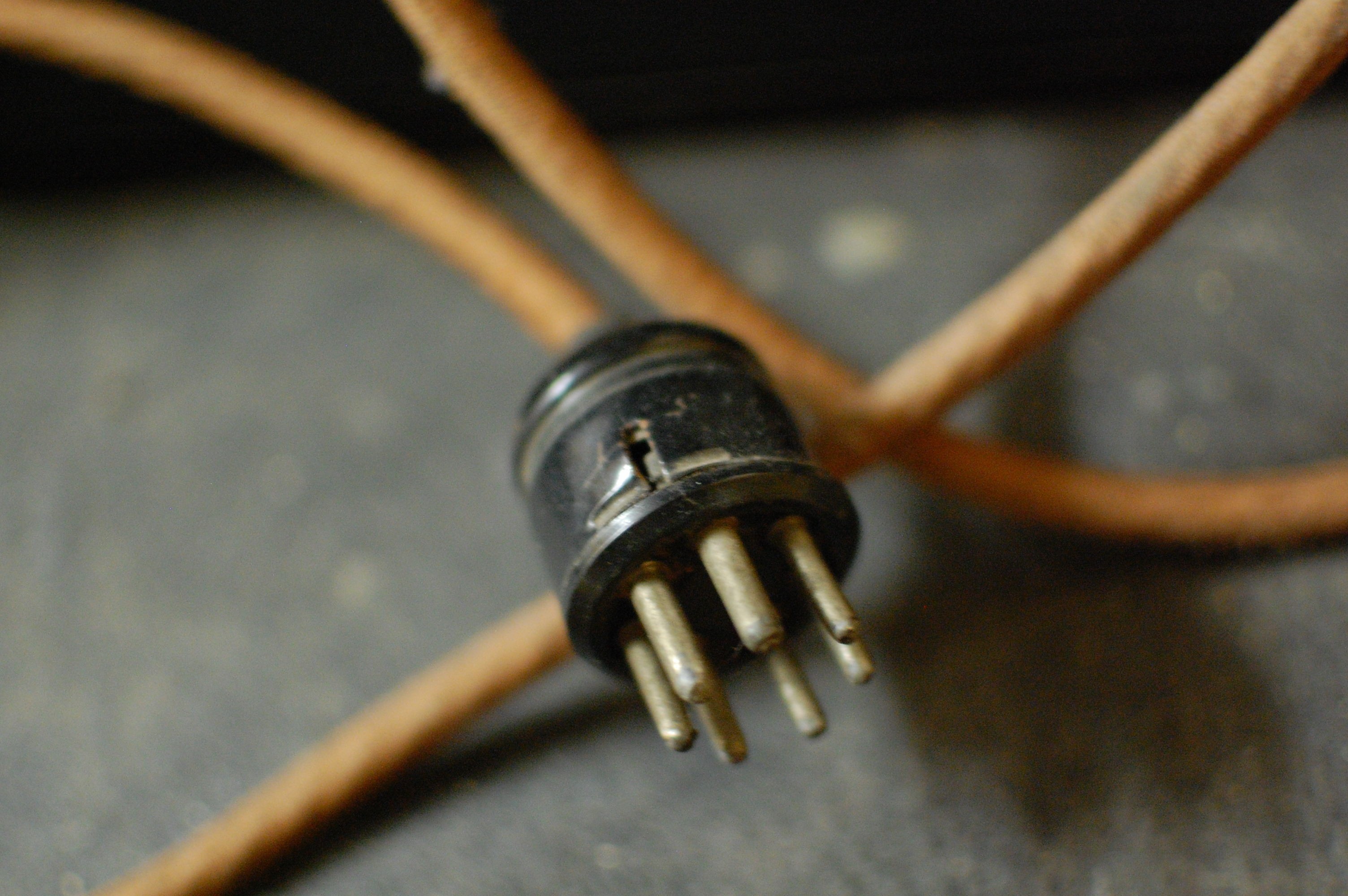
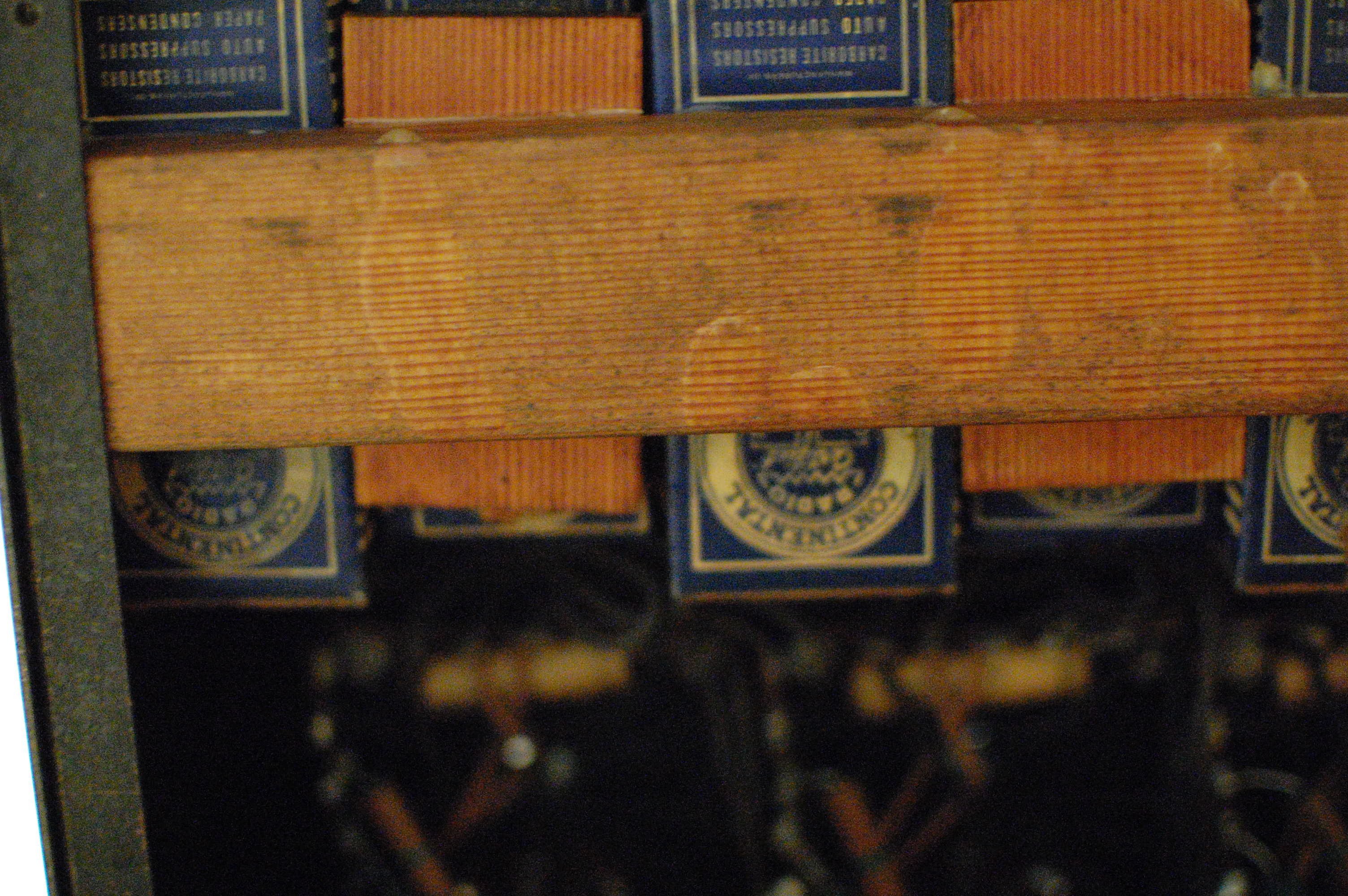

Discussions
Become a Hackaday.io Member
Create an account to leave a comment. Already have an account? Log In.